Curriculum
Thinking Frames
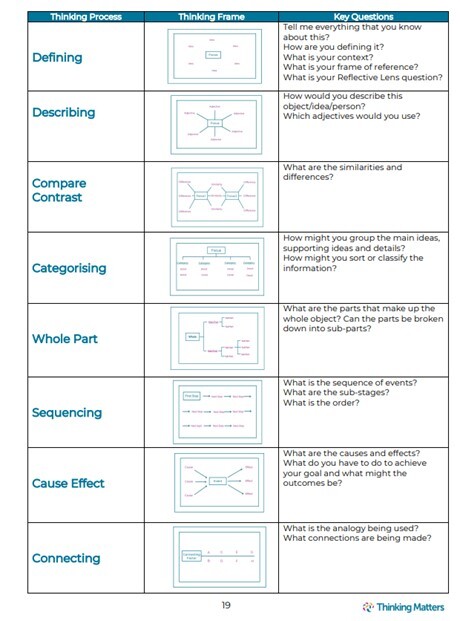
"I love using Thinking Frames, they help me to get my thoughts down on paper really easily." - MV Pupil
"I found the Thinking Frames training really interesting and I have some brilliant, practical ideas to use in the classroom." - MV Staff
"Thinking Frames have become an integral part of my every day teaching." - MV Staff
"We used a Thinking Frame to sequence the events leading to the Discovery of Tutankhamun's Tomb. It really helped me to remember the exciting things that happened." - MV Pupil
"We were introduced to Thinking Frames as part of the development of Metacognition, on Governor Day. I think it's great!" - MV Governor
Thinking Frames are a particular type of graphic organiser based on distinctive visual patterns, which help organise thinking/ideas. Their impact in use is informed by our growing understanding of the Science of Learning and particularly of neuroplasticity - the malleability of the human brain to change in response to input of new and/or repeated information. Effectiveness in using Thinking Frames as Metacognitive Visual Tools also recognises the particular strength of the visual mode of learning.
As the visual cortex is the largest processing system in the human brain, the repeated use of consistent and simple visual models capitalises on the brain’s capacity to prioritise visual information. We also know that the brain processes visual information differently than language, with images more likely to be stored in the long-term memory within the brain, which can strengthen memory/recall by minimising cognitive load.
Thinking Frames also utilise ‘Dual Coding Theory’ as they effectively combine the linguistic/verbal mode (words and phrases) and the non-linguistic/nonverbal mode (in the form of lines, images, arrows, symbols, etc.), thus using both the visual and language processing parts of the brain. Dual Coding Theory suggests that the more students use both systems of representation (linguistic and non-linguistic) simultaneously, the better they are able to think about, store and recall knowledge and enhance their understanding of content.
Why Use Thinking Frames?
Thinking Frames:
- Support learning through strengthening neural connections – visual tools “are bridges between the networking brain and the mind’s cognitive and emotive capacities for generating creative, analytical, and conceptual ideas.” Hyerle, D. (2009). Visual tools for transforming information into knowledge. Corwin Press.
- Make specific cognitive processes explicit – Thinking Frames seek to develop eight identified cognitive processes using a consistent visual pattern and associated language of thinking. They also encourage transfer of thinking skills, provide a visual record of thinking and encourage pupil-generated thinking tools.
- Provide a common visual language for all students and teachers and in all subject areas – the tools are adaptable for use by all age groups and can include use of images and concrete objects as well as written text; they are flexible for use across all subject areas.
- Can be used for deeper implementation to support thinking at all levels – links can be made at all levels of Bloom’s taxonomy as the tools can be used at a fundamental level to describe or scaffold thinking, but also can be used in combination for depth and complexity.
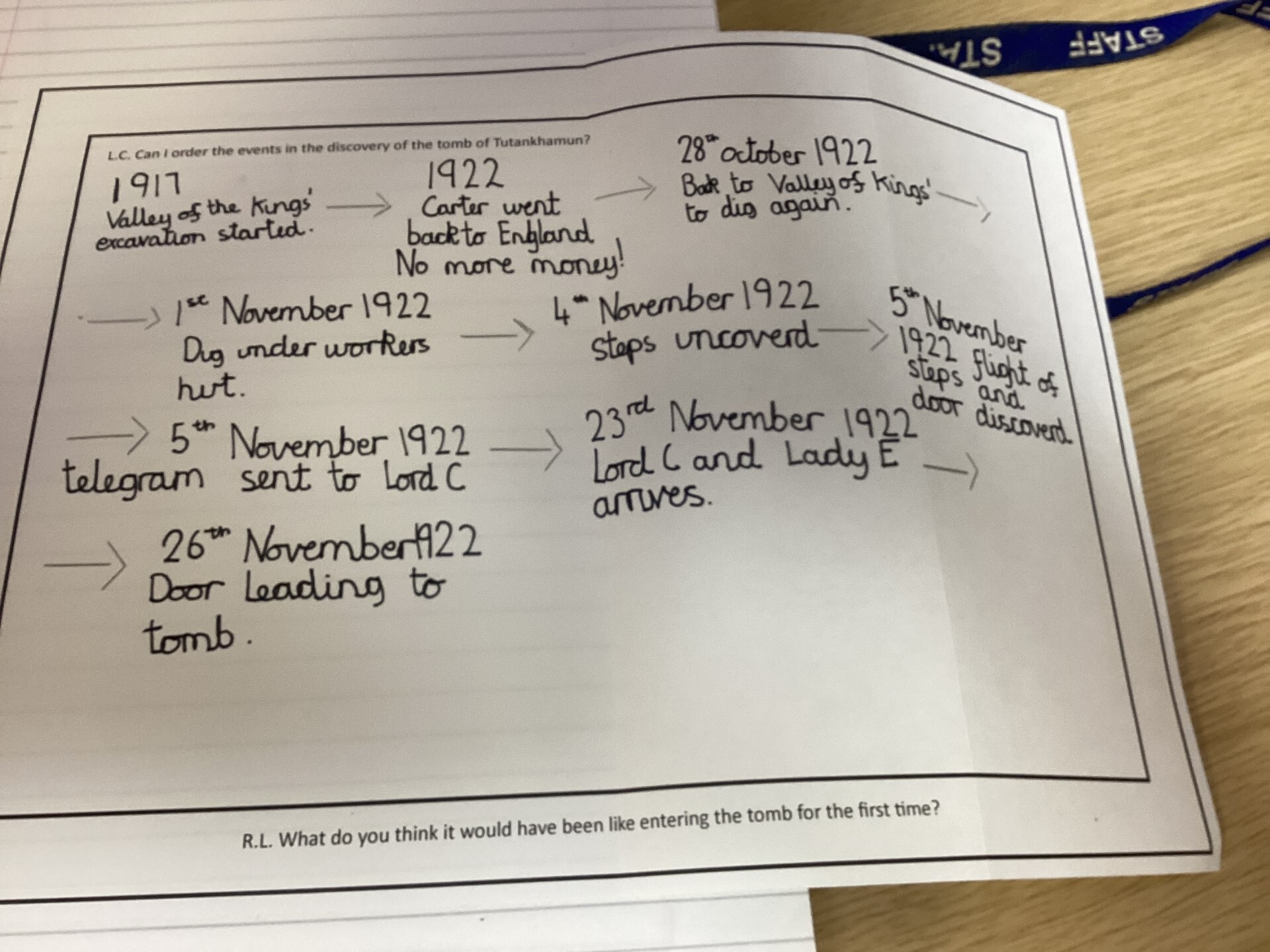
|
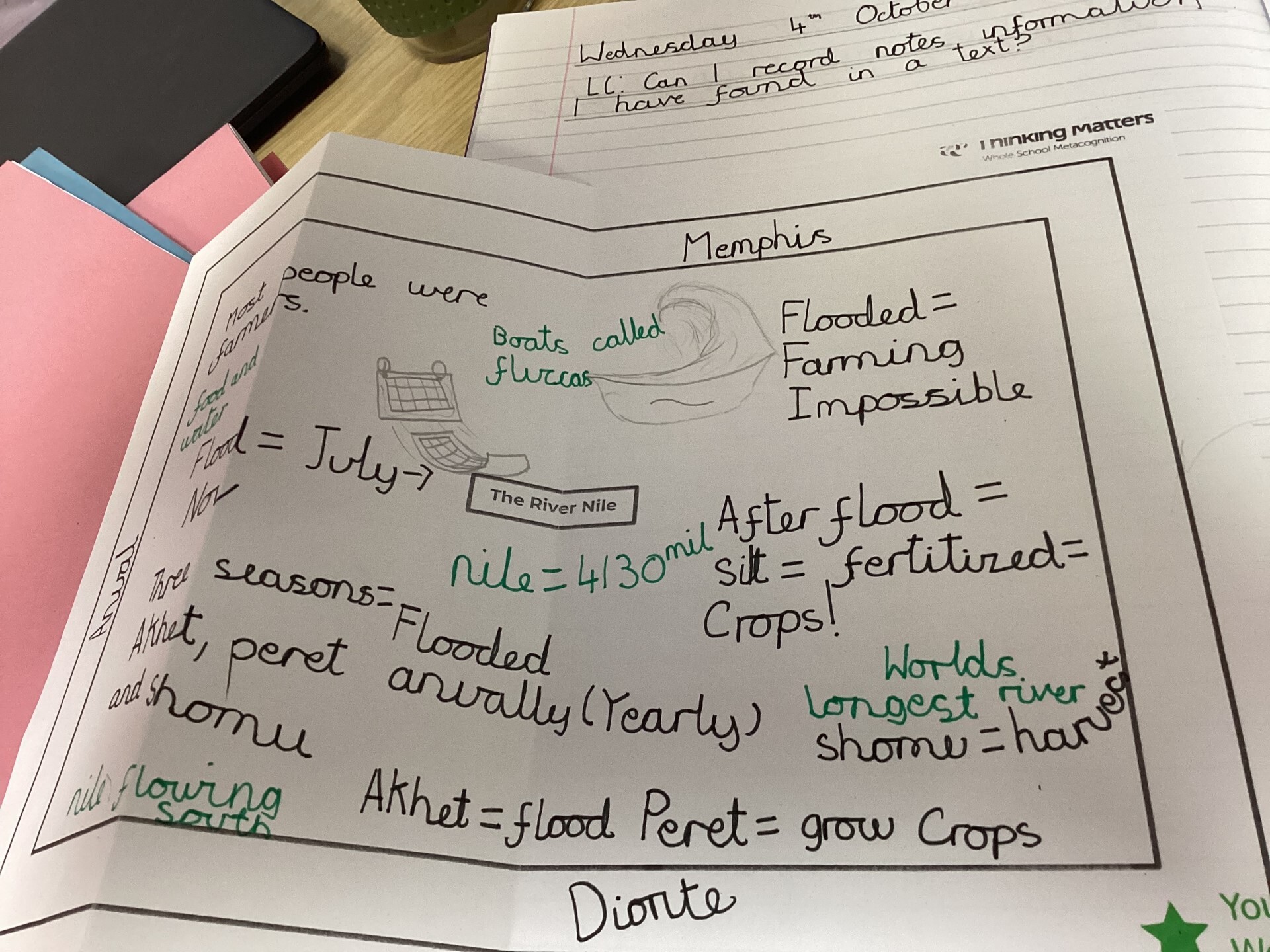
|
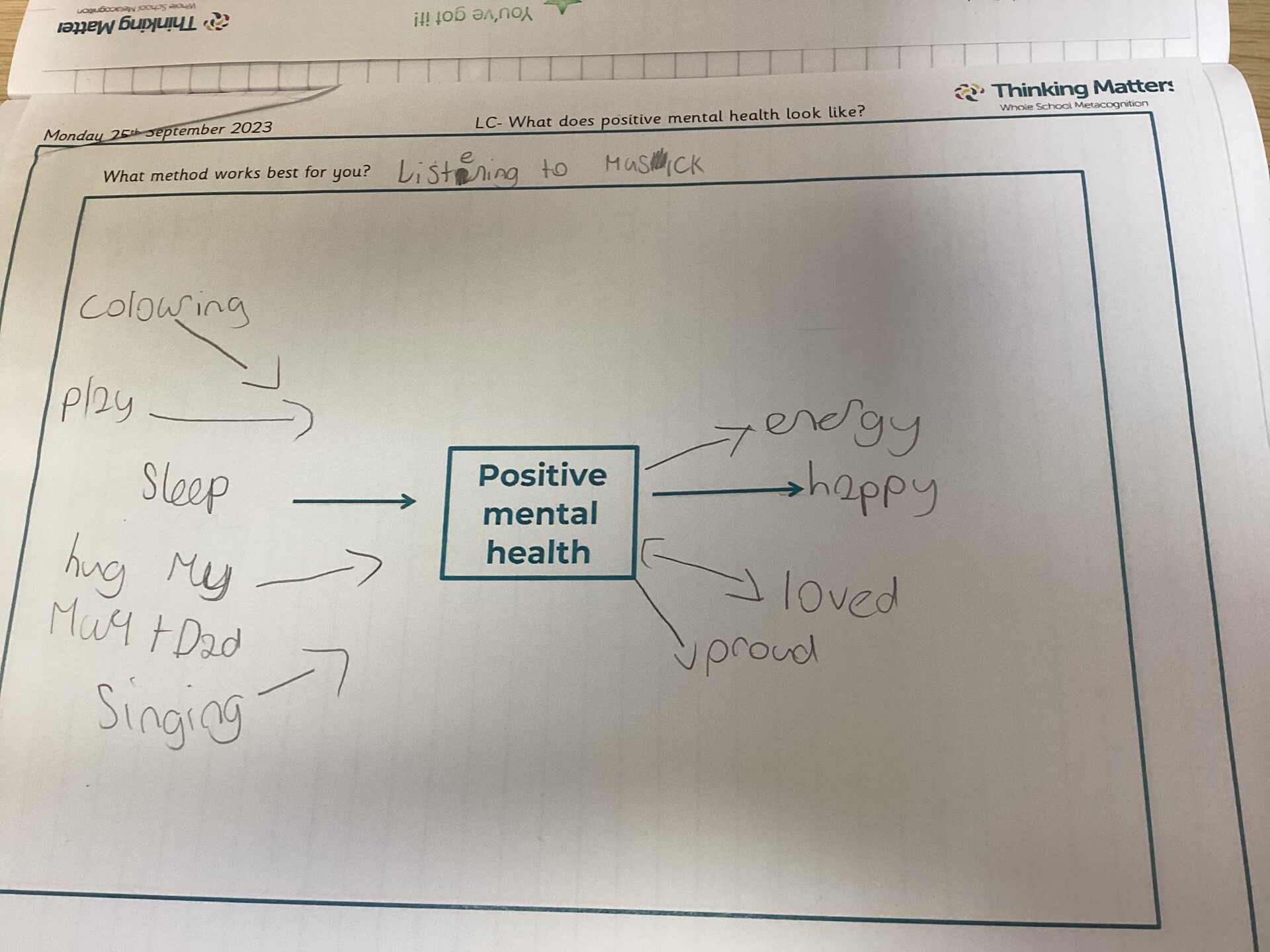
|

|
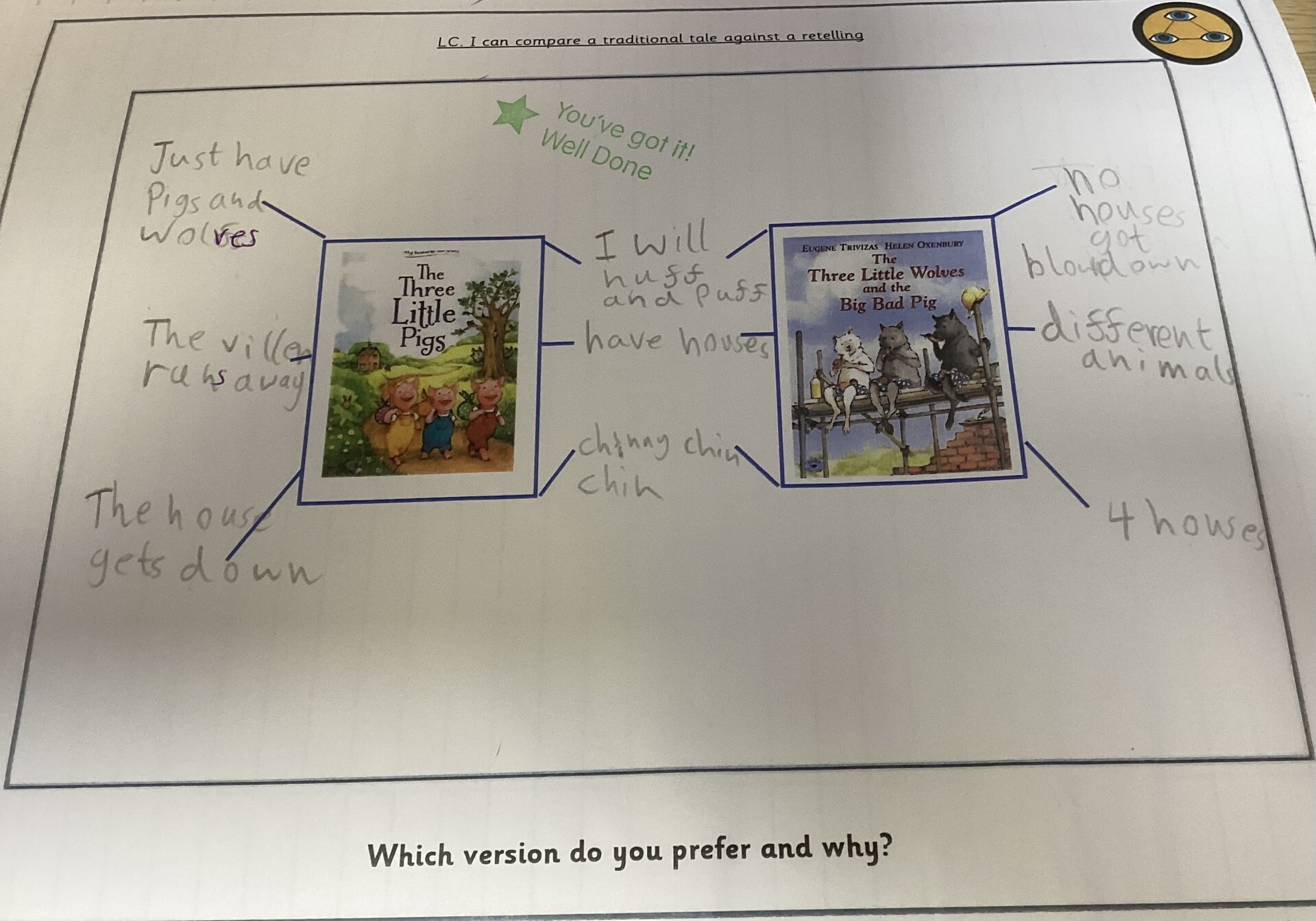
|

|
Get In Touch
- Victoria Road,
Leeds,
West Yorkshire,
LS27 9NW - 0113 2535 253
- office@morleyvictoria.org.uk

